Trainers for Neuropathy
Find comfort and stability every day. Cadense trainers for neuropathy pair patented Variable Friction Technology — glide during toe drag, grip at push-off — with lightweight cushioning and supportive geometry for smoother steps and confident balance.
Why Choose Cadense Trainers for Neuropathy?
-
Glide-then-grip sole promotes balance and reduces stumbles.
-
Lightweight design helps ease fatigue throughout the day.
-
Supportive sole geometry assists ankle stability.
-
Wide toe box reduces pressure and accommodates swelling.
-
Adaptive, easy-on fit lets you fine-tune comfort.
Key Benefits
-
Softer landings and less toe catching.
-
Reliable traction on everyday surfaces.
-
Cushioned support for walking and standing.
Who It’s For
People with Neuropathy seeking supportive, adaptive footwear that makes daily movement feel steadier and more comfortable.
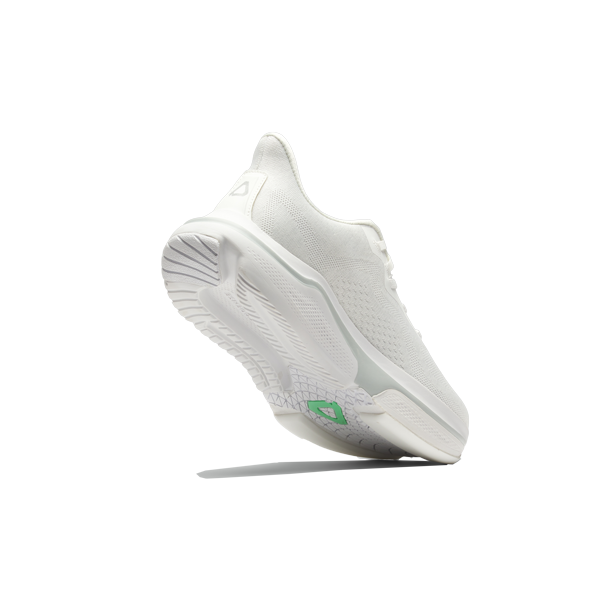
Sort by
9 products
Filters
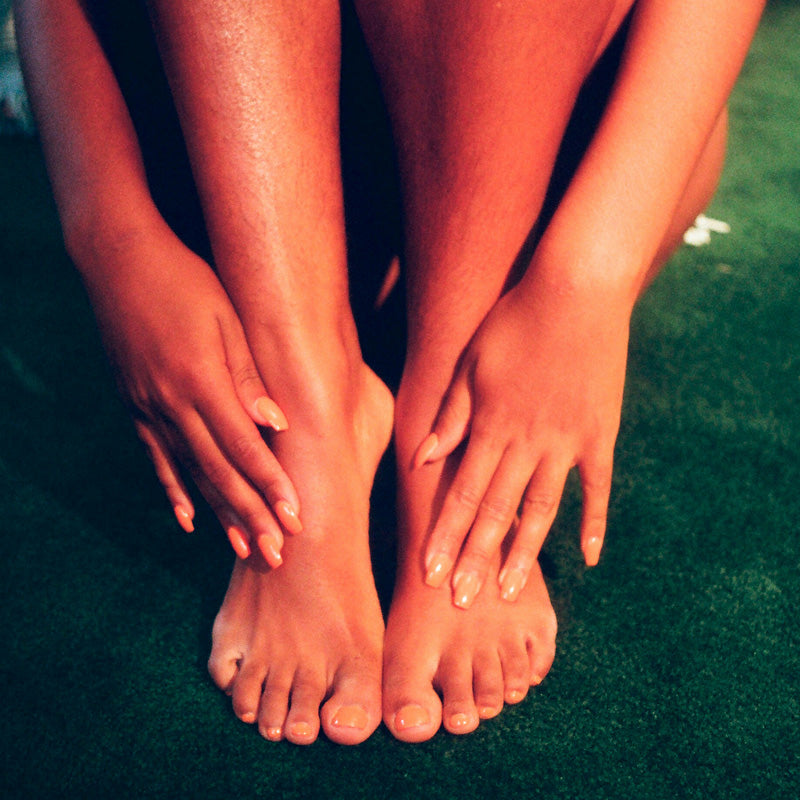
What Is Neuropathy?
Neuropathy is a condition in which damaged nerves lead to chronic pain, numbness and tingling — most commonly in the feet and hands. It’s a frequent side effect of diabetes and other medical conditions that affect nerve health. For those living with neuropathy, everyday movement can become a challenge, and even a short walk may feel daunting.
That’s where specially designed trainers come in.
Trainers for neuropathy aren’t just ordinary footwear — they’re engineered for maximum comfort and support to protect sensitive feet.
The materials used in neuropathy-specific trainers are selected for their flexibility and ability to adapt to the natural shape of your feet, offering a snug yet gentle fit. This adaptability is crucial for accommodating any swelling or changes in foot shape that often accompany neuropathy.
With the right pair of trainers, those with neuropathy can regain confidence in their mobility and enjoy a more comfortable daily life.
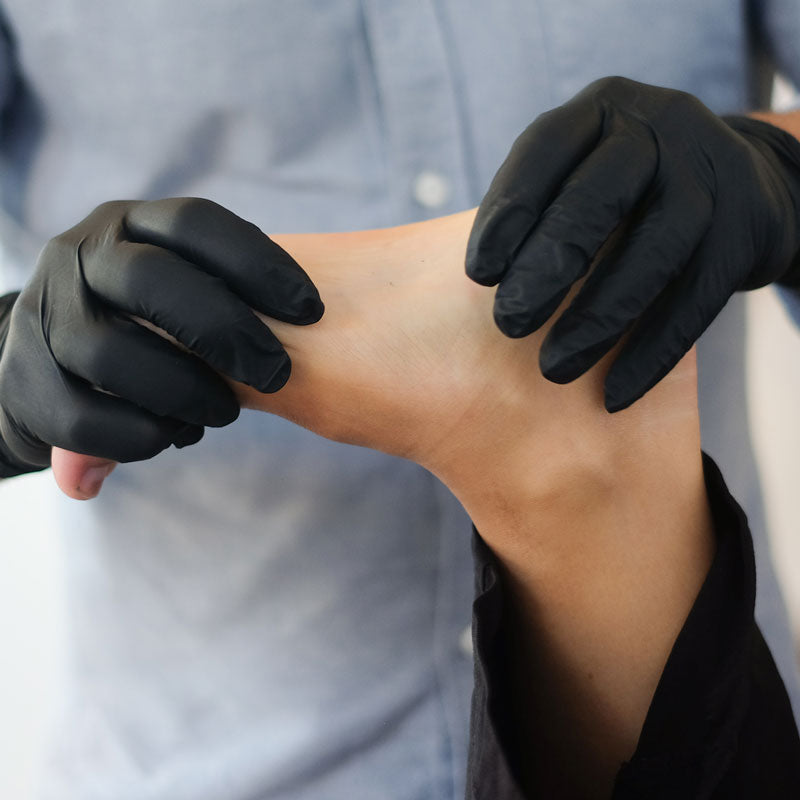
Symptoms of Neuropathy
Neuropathy can present a range of symptoms that vary from person to person, but there are several common signs to be aware of. Each can impact daily life and overall well-being. Recognising and addressing them — with appropriate medical care and supportive measures like the right trainers — is key to managing neuropathy effectively.
Numbness
Numbness is often one of the earliest indicators of neuropathy. It’s a sensation — or lack of one — that can leave your feet or hands feeling as though they’ve gone to sleep.
Tingling
Following numbness, tingling sensations may develop, creating a “pins and needles” feeling. This is the body’s way of signalling nerve interference or damage.
Pain
Neuropathic pain varies widely in intensity and nature. Some describe sharp, stabbing sensations that come and go, while others experience a constant, burning discomfort.
Sensitivity
Heightened sensitivity to touch or changes in temperature is another frequent symptom. Even light contact with the skin may feel uncomfortable or painful.
Weakness
Muscle weakness in affected areas can make it difficult to perform fine-motor tasks such as buttoning a shirt or typing.
Balance Issues
Damage to the nerves in the feet can make it difficult to stay steady, leading to unsteadiness or instability when standing or walking — and a higher risk of falls.
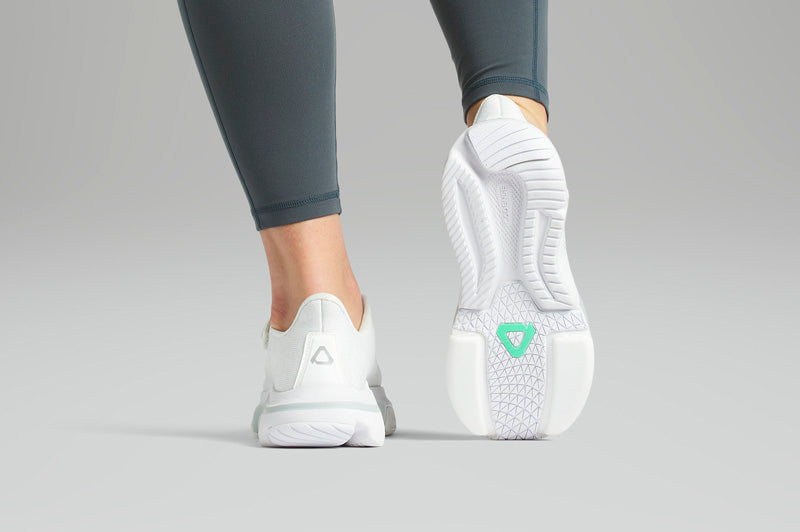
Explore Trainers for Neuropathy

Causes of Neuropathy
Neuropathy can stem from a wide variety of underlying conditions and external factors. The most common include:
Diabetes
The leading cause of neuropathy, especially when blood sugar levels are poorly controlled. High blood sugar damages nerves over time, causing diabetic neuropathy, most often in the feet and hands.
Infections and Autoimmune Diseases
Certain viral or bacterial infections can directly affect nerve tissue or trigger autoimmune responses that harm nerves.
Genetic Disorders
Some forms of neuropathy are inherited through genetic mutations. These can appear at any age and vary in severity.
Nutritional Deficiencies
Deficiencies in key vitamins — particularly the B vitamins — can affect nerve function. Poor diet, alcohol misuse, and malabsorption may lead to these deficiencies and nerve damage.
Alcohol Misuse
Long-term heavy drinking can damage nerves, partly through direct toxicity and partly due to poor nutrition.
Toxins and Medications
Exposure to toxins (like heavy metals and industrial chemicals) or side effects from certain medications such as chemotherapy drugs can cause neuropathy.
Other Health Conditions
Chronic kidney or liver disease, thyroid disorders, and some tumours can also lead to neuropathy — either by damaging nerves directly or by altering the body’s internal balance.

Treatments for Neuropathy
Treatment varies depending on the cause, but the goal is to relieve pain, restore function, and prevent further nerve damage.
Medication
Doctors may prescribe medicines that target nerve pain, such as certain antidepressants, anticonvulsants, or topical creams. If neuropathy stems from infection, antibiotics or antivirals may be used.
Lifestyle Modifications
For diabetic neuropathy, managing blood sugar levels is essential. A balanced diet, regular activity, and close monitoring can help slow the progression of nerve damage.
Physiotherapy
Physiotherapy can strengthen weakened muscles, improve mobility and flexibility, and ease pain through tailored exercises.
Assistive Devices
For those with balance or mobility challenges, mobility aids such as braces or orthopedic trainers can enhance stability and reduce fall risk.
Surgery
In cases where nerve pressure is the cause (such as carpal tunnel syndrome), surgery may be recommended to relieve compression.
Alternative Therapies
Some people find benefit in acupuncture, massage therapy, or biofeedback to help manage symptoms.
Nutritional Support
Supplements may be advised to correct vitamin deficiencies — especially vitamin B12 and B6, which support nerve health.
Pain Management Techniques
Chronic pain can also be managed through electrical nerve stimulation, mindfulness, or relaxation therapies.
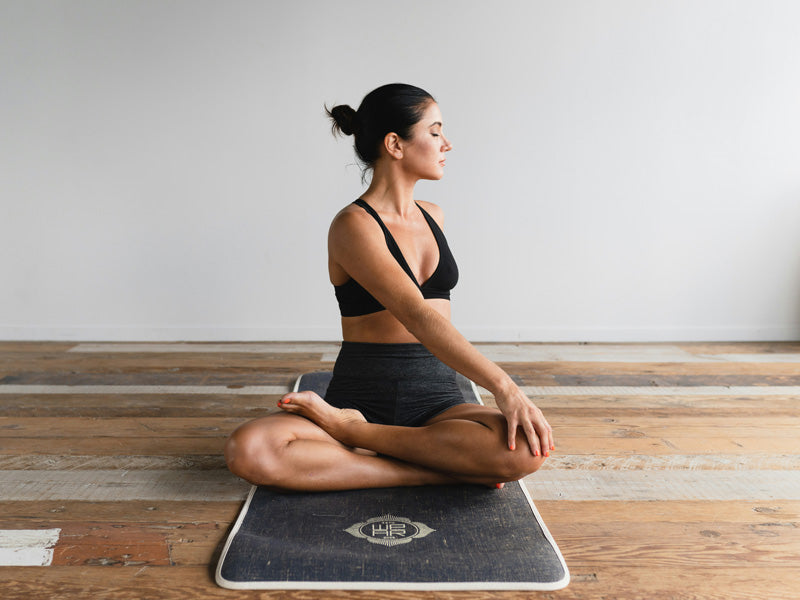
Exercises for Neuropathy
Stretching Exercises
Gentle stretching helps improve flexibility, reduce stiffness, and boost blood flow to the affected areas. Focus particularly on the legs and feet to ease neuropathic symptoms.
Balance Training
Balance exercises — like standing on one foot, heel-to-toe walking, or using a balance board — are key for those with neuropathy. Always practise in a safe environment, ideally with support or under professional supervision.
Strength Training
Strength-building exercises improve muscle support and protect joints. Use light weights or resistance bands, increasing gradually under professional guidance to avoid strain.
Hand and Foot Exercises
Specific movements like squeezing a stress ball or performing toe curls and marble pickups can maintain dexterity, strengthen small muscles, and support healthy foot mechanics.
FAQs
Frequently Asked Questions about Neuropathy
What can make neuropathy worse in the feet?
Neuropathy in the feet can be worsened by poor blood sugar control, particularly in individuals with diabetes, as high blood sugar levels can lead to further nerve damage.
Wearing inadequate footwear that is too tight, lacks cushioning, or has high heels can increase pressure and discomfort. Excessive alcohol consumption can exacerbate neuropathy by causing nutritional deficiencies.
Activities that put repetitive stress on the feet, such as prolonged standing or walking on hard surfaces without supportive trainers, can also aggravate symptoms.
Should you walk barefoot if you have neuropathy?
Walking barefoot when you have neuropathy is generally not recommended. Without the protection of trainers, your feet are more vulnerable to injuries, such as cuts or scrapes, which you may not feel due to numbness.
It can also expose your feet to extreme temperatures and rough surfaces, increasing the risk of burns, frostbite, or skin damage. It's important to wear properly fitting, protective footwear that provides support and reduces the risk of injury.
If you have neuropathy, always check with your healthcare provider for personalized advice on foot care and appropriate footwear.
What’s best for relieving neuropathy pain in the feet?
The best approach to managing neuropathy in the feet often involves a combination of treatments and strategies.
It's important to note that what works best can vary from person to person, depending on the cause and severity of their neuropathy.
Should you wear socks to bed with neuropathy?
Wearing socks to bed when dealing with neuropathy can be a helpful practice, but it largely depends on individual circumstances and comfort levels.
One of the primary benefits of wearing socks is the added warmth they provide, as neuropathy can often cause feet to feel unusually cold. Additionally, socks offer a protective layer, which is crucial for those with reduced sensation in their feet, as it minimizes the risk of unnoticed injuries like cuts or blisters.
Can you live a long life with neuropathy?
Yes, it is possible to live a long life with neuropathy, although managing the condition effectively is crucial to maintaining a good quality of life.
Neuropathy, which refers to a range of conditions involving nerve damage, can vary greatly in severity and impact.
Can peripheral neuropathy be reversed?
Reversing peripheral neuropathy is a complex issue and depends greatly on the underlying cause of the condition.
In some cases, peripheral neuropathy can be effectively treated or even reversed, while in other cases, the focus is more on managing symptoms and preventing further nerve damage.
Why does neuropathy pain often feel worse at night?
Neuropathy symptoms, particularly pain and discomfort, often intensify at night due to a variety of factors. During the day, the distractions of daily activities and tasks can make the pain seem less intense.
However, at night, the lack of these distractions can lead to a heightened perception of pain. Additionally, changes in body temperature, which often occur during sleep, can affect nerve pain, with cooler temperatures sometimes increasing discomfort.
Medical Disclaimer: This website is not intended for the purpose of providing medical advice. This website’s information, content, and material are for informational purposes only and are not intended to serve as a substitute for the consultation, diagnosis, and/or medical treatment of a qualified physician or healthcare provider. Cadense Inc. may not be held liable for any damages whether incidental, ordinary or consequential. Cadense does not make any guarantee of any particular end result. Cadense makes no claims or guarantees of payment/reimbursement by any insurance companies. Cadense adaptive shoes are intended to provide greater mobility to those with walking difficulties.

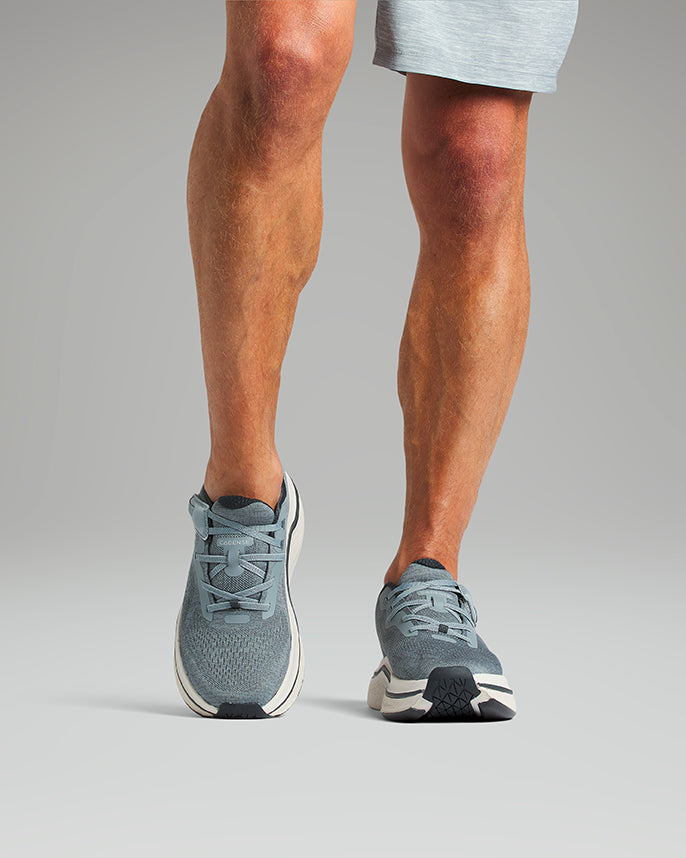
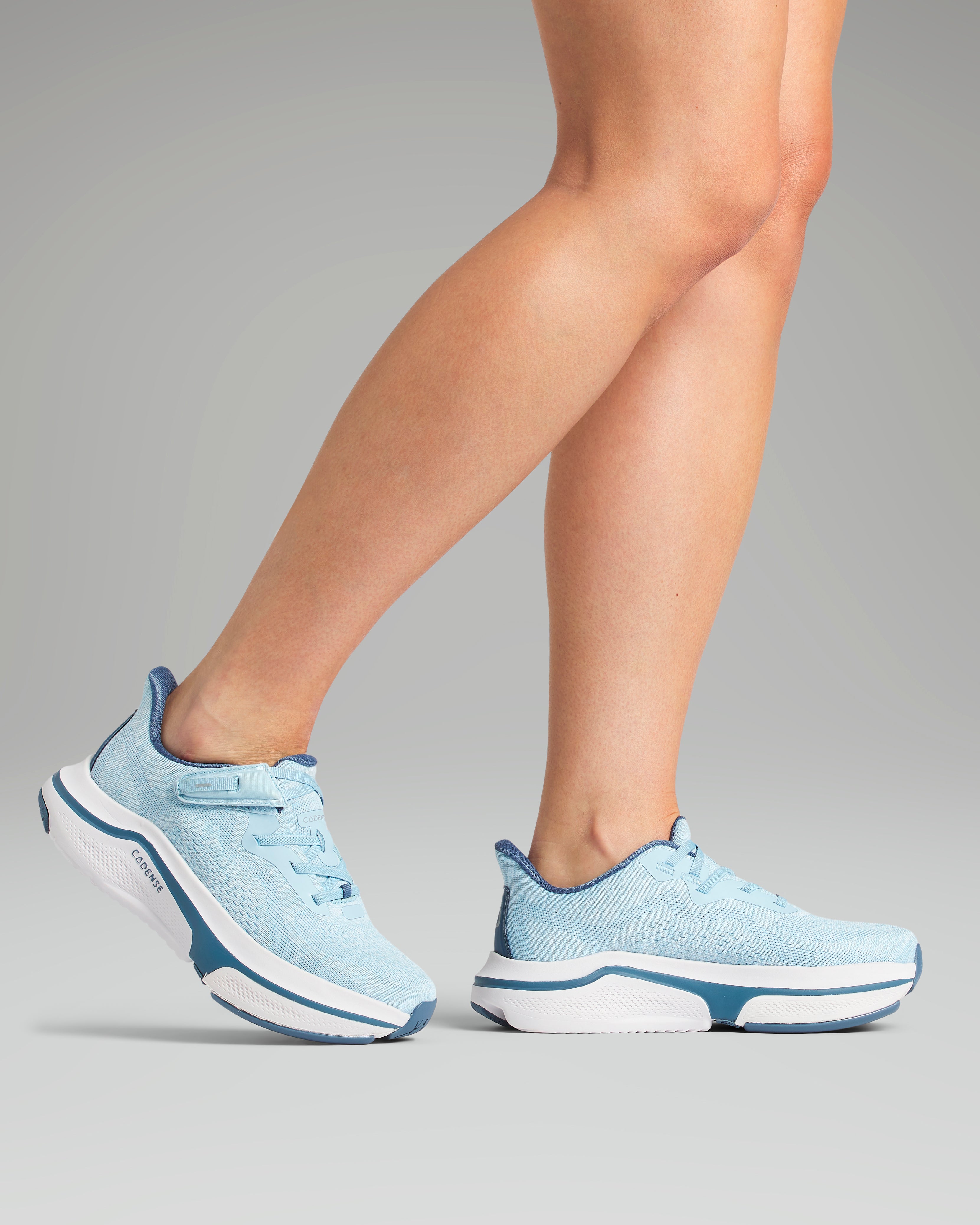
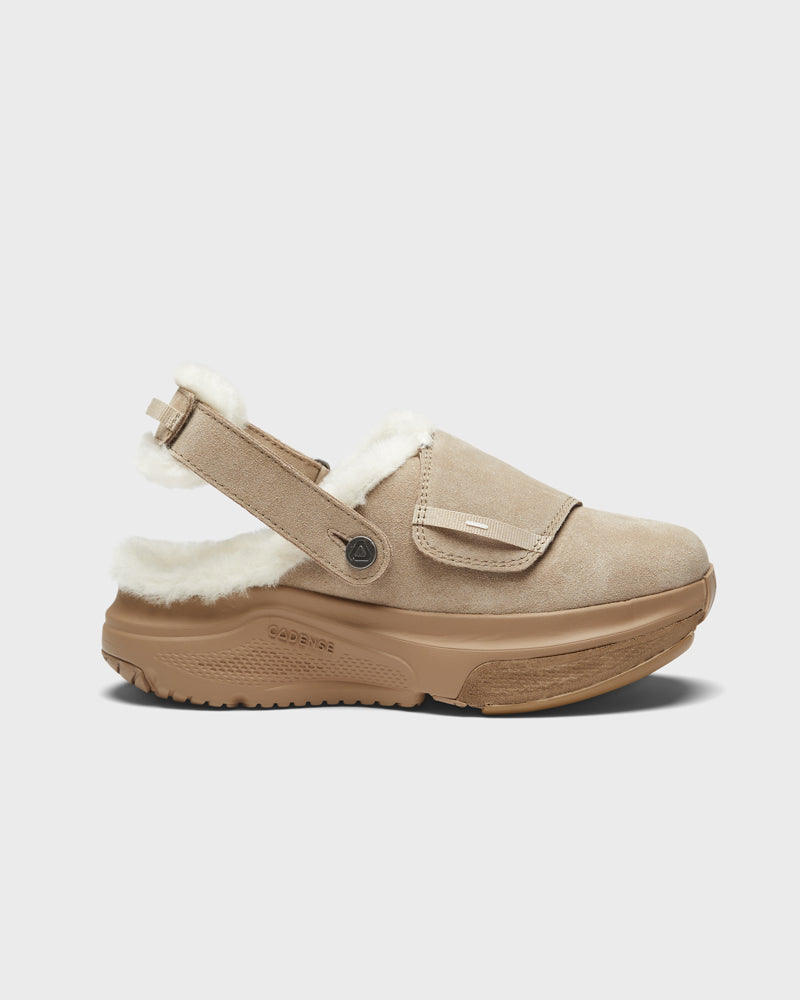
![[color: black] Original Men's Adaptive Shoe](http://cadense.co.uk/cdn/shop/files/Mens-BLK-T1-LG.jpg?v=1765557830&width=800)
![[color: black] Original Women's Adaptive Shoe](http://cadense.co.uk/cdn/shop/files/Womens-BLK-T1-LG.jpg?v=1765556963&width=800)
![[color: all black] Original Men's Adaptive Shoe](http://cadense.co.uk/cdn/shop/files/Mens-ABK-T1-LG.jpg?v=1765557575&width=800)
![[color: light blue] Original Women's Adaptive Shoe](http://cadense.co.uk/cdn/shop/files/Womens-BLU-T1-LG.jpg?v=1765557194&width=800)
![[color: slate] Original Men's Adaptive Shoe](http://cadense.co.uk/cdn/shop/files/Mens-SLT-T1-LG.jpg?v=1765558368&width=800)
![[color: white] Original Women's Adaptive Shoe](http://cadense.co.uk/cdn/shop/files/Womens-WHT-T1-LG.jpg?v=1765557438&width=800)
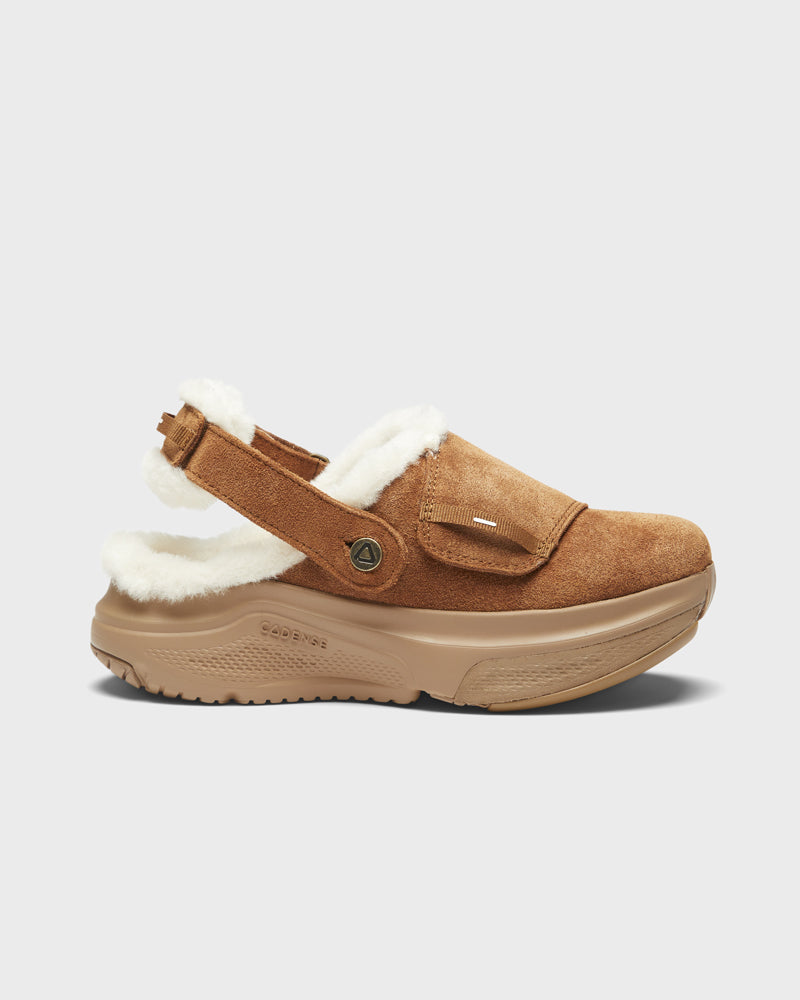
![[color: all black] Original Women's Adaptive Shoe](http://cadense.co.uk/cdn/shop/files/Womens-ABK-T1-LG.jpg?v=1765556547&width=800)